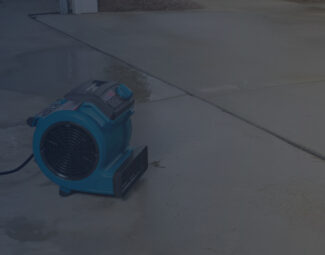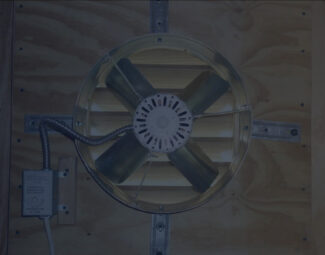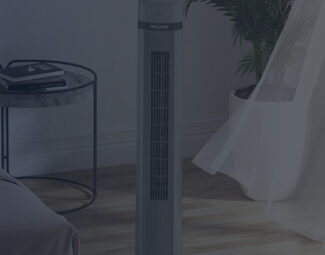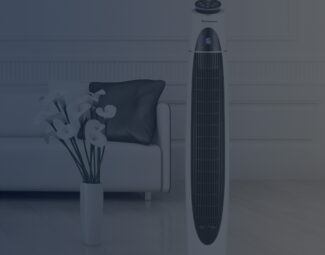T here’s always the same dilemma: which cooling option is the best for the summer? Air conditioner fans will tell you that no fan can turn your home into a cooler space, while fan defenders will present you with a wide variety of methods designed to increase a fan’s efficiency and lower indoor temperatures. The pros and cons can go on and on, and no one may win in the end, as each device can be more suitable for a situation or another.
Nevertheless, if you like the fact that a window AC can be installed into a window structure and take no space on the floor at all, but still consider that running one is too expensive, there’s always the alternative, namely the window fan. And the good news is that you can install it yourself, so follow the steps below and get ready for excellent energy-efficient air cooling.
Check out the best window fans and pick one that has the right dimensions for your window. You can get a unit with a built-in thermostat or multiple speed settings to help you create a comfortable atmosphere.
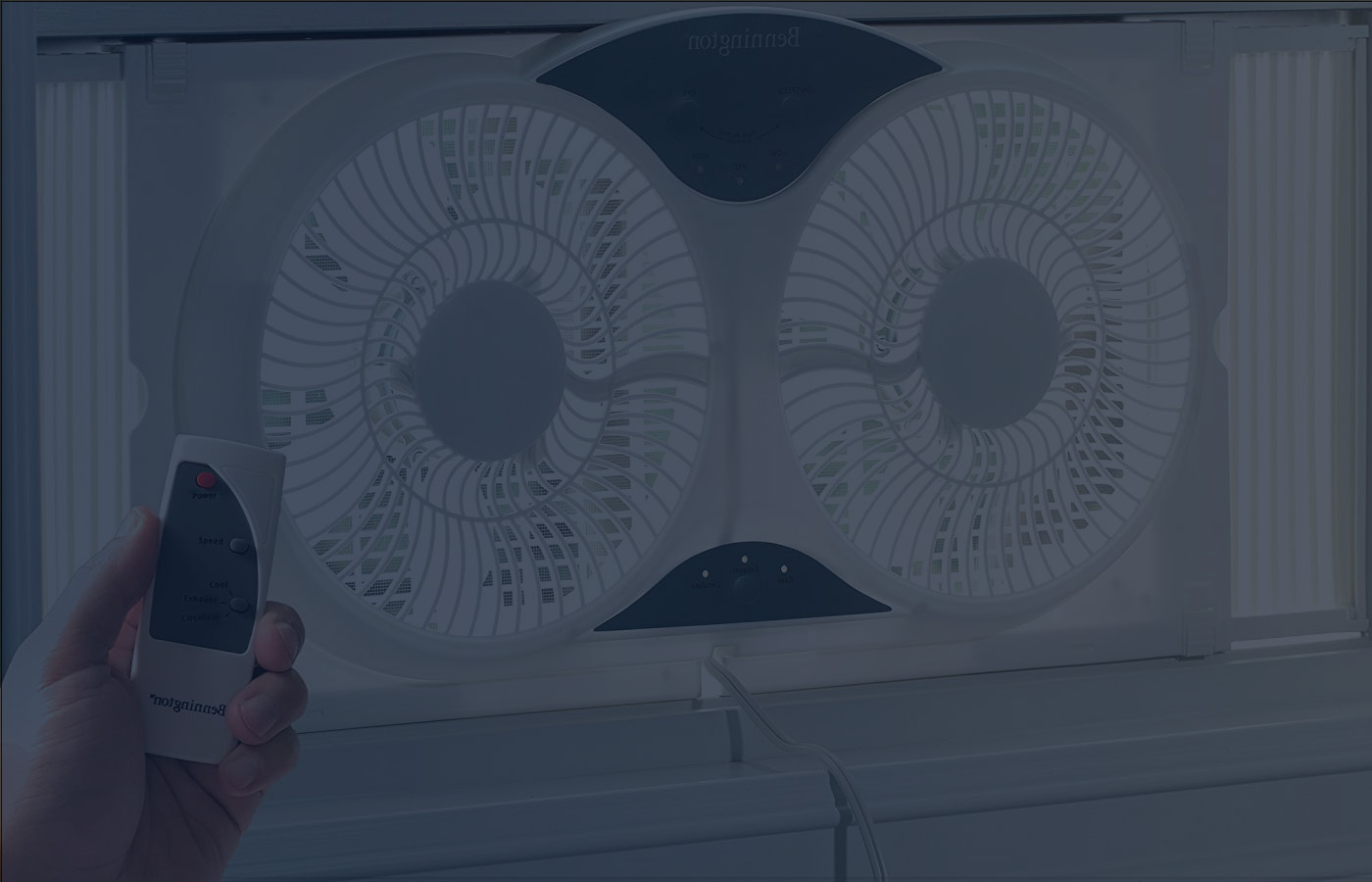
Why go for a window fan? – The pros of this setup
The main reason people go for this type of air circulator is that it allows them to save space. Think of a pedestal fan. Not only that the stand occupies a certain space on the floor but the head is pretty big as well. It needs space to oscillate and may or may not produce an annoying click every time it turns. The window fan, on the other hand, is almost unnoticeable and impossible to tip over. Here are other benefits that you will enjoy if you decide to install one:
- Lower electricity bills - There’s no doubt that fans are cheaper than air conditioners, so if you choose to use your central AC only half the time you were using it before, and replace it with a window fan in the night when the outdoor air is cooler, your costs will be considerably lowered.
- Fresh Air - Some window fans blow the hot air from indoors outdoors, while others bring the fresh air indoors. A third category uses a double set of blades to remove hot air and draw cool air. The important thing here is that a window unit doesn’t continuously circulate the same air. A fresh portion is brought in every minute.
- The Right Temperature - Many units come with a thermostat, which allows you to set the temperature you desire and let the fan work until it attains it. Just like an air conditioner, but at a much cheaper cost.
- Semi-Portable Option - A unit of this kind will not become part of the room once installed. You can easily remove it for maintenance and even take it with you if you are moving. Plus, it is more compact than a pedestal fan, so it can be easier packed and stored for transportation.
- Easy Maintenance - The maintenance works include some dusting every week and thorough vacuuming, cleaning, and washing of the blades and grilles once every 3 months. It doesn’t require the attention of a specialist like HAVC systems and no expensive cleaning products are required. A simple water-dishwashing soap solution will do the trick.
If you are expecting rapid cooling, then you should check our best casement window ACs. They are the only ones that can guarantee a lower temperature even when the air outdoors seems to be burning.
First Things First – How to Pick the Right Fan
Getting the right model is a pre-step of the installation process, and an essential one, taking into account that, if the unit you choose isn’t compatible with your window or cannot comply with your needs, there’s little you can do afterward. So, here are the things you need to pay attention to:
- Size - This is probably the most important factor. If the fan is too big for your window, you will need to make a new walk to the store and pick another model. To avoid this, measure the opening of your window and compare it with the fan’s specifications. You will find the recommended window opening dimensions on the spec sheet.
- Reversibility - Pick a unit that can both bring fresh air in and blow hot air out. Most models come with this feature. Nevertheless, some feature manual reversibility, which means that every time you want to reverse the direction of the airflow, you will need to remove the fan from the window and turn it with the other side in, and others feature electrical reversibility, allowing you to switch between the two directions by pushing a button. As you have probably guessed, the second option is more convenient.
- Airflow - This can be tricky. If the airflow is too weak, you won’t notice a difference in your room’s temperature, while if the airflow is too high, you will waste energy. The best way to treat this subject is to take out your pencil and do some math. Measure the length and the width of your room and multiply the values. This will give you the square footage of the room. Now, considering that for every square foot you will need 1 CFM plus an extra 50 CFM to the total, the formula would be Number of square feet x 1 + 50 CFM.
For example, for a room measuring 500 square feet, you will need a unit that can produce an airflow of 550 CFM. Anything that is lower than that would be inefficient.
- Number of fans - Some units come with one fan, while other include two. It is indicated to pick the second variant, as two fans work more efficiently and can cool a small room faster.
A great alternative to window models, tower fans have the advantage of being highly portable. If you pick a tower-style unit, you can expect quiet air circulation and a stylish addition to your home’s décor.

Step-by-Step Installation Guide
If you often feel bad odors coming from around your home, installing a window unit may be a poor choice, as it will drag all the smells indoors, making the air unhealthy and unbreathable.
One thing people love about window fans is that they are incredibly easy to install. In just a few steps and with a bit of patience, you can get your unit set and ready to go. Here’s how the installation process should follow:
1. Fit the fan into the window
Unwrap your newly-bought unit and get ready to place it in the window. Open the window and set the fan in the window’s sill. Check if it is balanced as you don’t want your device falling off on the exterior. That would definitely ruin it.
Continue by lowering the window’s top panel until it reaches the top side of the fan. Some pressure should be put on the device to make sure it stays fixed. Once you’ve got the right position, close the window.
2. Cover the gaps
Use the extender panels to cover the space that remains between the unit and the window frame. Thus, you will keep insects away and even prevent dust from settling in. Nevertheless, this is a temporary adjustment. If you are planning to keep the fan in the window every summer you could consider building a wooden frame that can fit perfectly into the window. Otherwise, extender panels will get damaged in time, and a series of mosquitoes and flies will find their way into your room.
3. Test the unit
Plug the unit in and power it on. Select the speed setting you desire. Let the fan run for at least an hour and check for the following possible issues:
- The unit is vibrating and seems shaky – Unplug the unit and try to reposition it
- The unit is bringing odors in – A source of bad smells may be located next to your window. Check if you can solve this problem
The Bottom Line
Once installed, the window fan will require minimal attention from your part. You don’t need to move it, and it won’t stand in your way. You can use the thermostat, if your unit comes with one, to obtain the temperature that works best for you. Nevertheless, you should always remember that this is not an AC unit and, in particularly hot days, it won’t be able to lower the temperature, no matter how hard it works. So, don’t overrun your device. If it doesn’t seem to handle the heat, use our advice about how to boost its performance, and expect great results.




